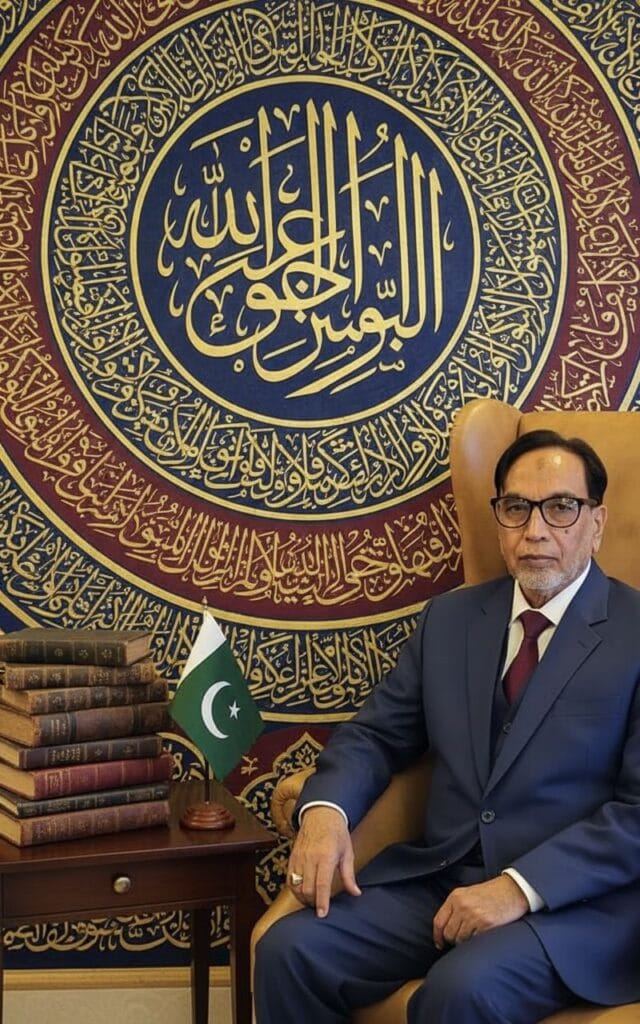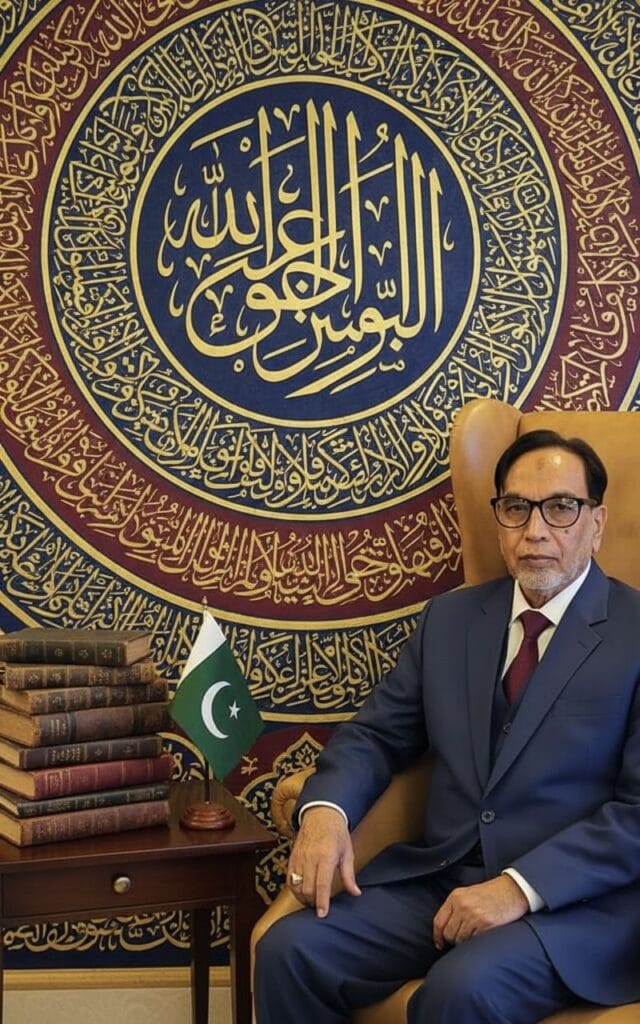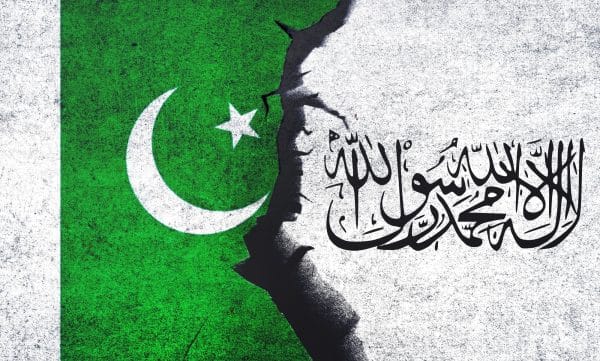PAKISTAN-AFGHANISTAN BORDER CRISIS AND STRATEGIC IMPLICATIONS



Rasheed Ahmad Chughtai
www.rachughtai.com
The main contents of the report are as follows:
· Recent Hostilities : Summarizes the tactical details and casualty figures from the October 2025 border clashes.
· Strategic Context: Analyzes the historical and geopolitical background of Pakistan-Afghanistan relations.
· Pakistani Policy Assessment:
Evaluates the failure of Pakistan’s strategic approach toward Afghanistan.
· Regional Security Dynamics:
Examines the impact of India’s engagement with the Taliban and other external actors.
Projected Threat Assessment: Provides intelligence estimates on future conflict scenarios and escalation risks.
· Operational
Recommendations: Proposes specific intelligence, military, and diplomatic measures for Pakistan.
CLASSIFIED//REL TO PAKISTAN/AFG
INTELLIGENCE ASSESSMENT: PAKISTAN-AFGHANISTAN BORDER CRISIS AND STRATEGIC IMPLICATIONS
DATE:12 OCT 2025
- EXECUTIVE SUMMARY (TOP LINE)
Recent cross-border hostilities between Pakistan and Afghan Taliban forces represent a critical escalation in bilateral tensions with potential to destabilize the regional security architecture. The 11-12 October 2025 clashes resulted in significant PAK military casualties (KIA: 23, WIA: 29) and Taliban losses (estimated 200 KIA) . This engagement demonstrates the complete failure of Pakistan’s strategic depth doctrine and highlights the emerging India-Afghanistan axis as a primary security concern. The Taliban’s coordinated attacks across multiple border sectors indicate advanced operational planning and represent a fundamental shift from their previous posture. Immediate de-escalation is probable due to international pressure, but the underlying TTP sanctuaries in Afghanistan will continue to drive conflict cycles.
- RECENT HOSTILITIES AND TACTICAL ASSESSMENT
2.1. Chronology of Escalation
The current crisis follows a predictable escalation pattern beginning with Pakistani counter-terror operations against TTP targets. On 9 October 2025, Pakistani security forces conducted multiple raids in Orakzai district, eliminating 30 militants following TTP ambushes that killed 11 Pakistani soldiers . This precipitated:
· 10 October: Suspected Pakistani airstrikes in Kabul and Paktika province, targeting TTP leadership . Taliban MOD accused Pakistan of “violating sovereign territory” .
· 11 October (≈2200L): Taliban forces initiated coordinated attacks across multiple border sectors including Angoor Adda, Bajaur, Kurram, Dir, Chitral (KP province), and Bahram Chah (Balochistan) .
· 11-12 October: Pakistani forces responded with retaliatory strikes, ground raids, and captured 21 hostile positions on the Afghan side . Taliban forces reportedly captured 25 Pakistani border posts initially .
2.2. Tactical Damage Assessment
Table 1: Casualty and Damage Assessment (as of 12 OCT 2025)
METRIC PAKISTANI CLAIMS TALIBAN CLAIMS ASSESSMENT
PAK KIA 23 58 Probable: 25-30 – Taliban figures likely inflated
TALIBAN KIA 200+ 9 Probable: 50-75 – PAK figures include TTP affiliates
PAK WIA 29 30 Confirmed: 29
BORDER POSTS CAPTURED 19 Taliban posts captured 25 PAK posts captured Both claims plausible – fluid situation with positions changing hands
TRAINING CAMPS NEUTRALIZED Multiple N/A Confirmed – SIGINT confirms strikes on TTP infrastructure
2.3. Current Force Disposition
Taliban forces have deployed tanks and heavy weapons in Kunar province , indicating preparation for sustained conflict. Pakistan has reinforced border sectors with additional infantry and artillery units. Both sides maintain DEFCON 3 equivalent postures with continued intermittent small arms fire reported in Kurram district despite official cessation of hostilities .
- STRATEGIC CONTEXT AND DRIVERS
3.1. Historical Bilateral Relations Pattern
Pakistan-Afghanistan relations have been characterized by persistent territorial disputes regarding the Durand Line’s status and cyclical proxy warfare. The relationship dynamics include:
· 1947-2001: Afghanistan’s persistent opposition to Durand Line legitimacy and support for Pashtun nationalist elements
· 1996-2001: Pakistan’s recognition of first Taliban government, followed by deterioration over border non-recognition
· Post-2001: Pakistani support for Taliban insurgency while officially allied with US counter-terrorism efforts
· Post-2021: Rapid deterioration despite initial Pakistani support for Taliban takeover
3.2. Core Conflict Drivers
· TTP Sanctuaries: Pakistan alleges systematic Taliban support for TTP elements using Afghan territory for planning and executing attacks against Pakistani targets . UN findings corroborate these allegations .
· Refugee and Border Management: Pakistan’s deportation of Afghan refugees and border control measures have exacerbated tensions .
· Indian Influence Operations: The ongoing diplomatic engagement between India and Taliban, highlighted by Taliban Foreign Minister Muttaqi’s visit to India, represents a significant strategic setback for Pakistani interests .
- ASSESSMENT OF PAKISTAN’S AFGHAN POLICY FAILURES
Pakistan’s Afghan policy has demonstrated critical strategic miscalculations and requires immediate reassessment:
4.1. Strategic Depth Doctrine Collapse
The strategic depth concept – aiming for a friendly government in Afghanistan to counter Indian influence – has conclusively failed. The Taliban government has demonstrated strategic autonomy contrary to Pakistani expectations of influence . Instead of securing western borders, Pakistan faces increased cross-border terrorism with over 600 TTP attacks recorded in 2025 alone .
4.2. Intelligence and Proxy Warfare Blowback
Pakistan’s historical use of non-state proxies as strategic tools has created significant blowback . The TTP, initially tolerated as leverage, has evolved into a persistent internal security threat. The Afghan Taliban’s ideological alignment with TTP limits their willingness to act against them, despite Pakistani demands .
4.3. Diplomatic Isolation
While the Taliban regime faces international isolation, Pakistan’s positioning has left it with diminished diplomatic leverage. Meanwhile, India has pursued pragmatic engagement with the Taliban, reopening its embassy in Kabul and establishing diplomatic channels . The Muttaqi-Jaishankar meeting represents a significant normalization of India-Taliban relations .
- REGIONAL SECURITY DYNAMICS
5.1. Indian Strategic Inroads
India’s engagement with Afghanistan represents a fundamental shift in regional dynamics:
· Diplomatic Normalization:
India has upgraded its diplomatic presence in Kabul and hosted high-level Taliban delegation
· Security Assurances: Taliban has provided assurances that Afghan territory will not be used against Indian interests
· Economic Connectivity:
India seeks to deepen connectivity with Iran and Central Asia, bypassing Pakistan
Pakistan’s ISPR has explicitly accused “Indian proxies operating from Afghan territory” , indicating assessment of coordinated anti-Pakistan activities.
5.2. International Response and Mediation Efforts
Table 2: International Response to Border Crisis
COUNTRY/ACTOR POSITION ASSESSED IMPACT
Qatar Urged restraint and dialogue Moderate – maintains channels with both sides
Saudi Arabia Called for self-restraint and avoidance of escalation High – recently signed defense pact with Pakistan
Iran Encouraged bilateral restraint Moderate – shares borders with both states
Russia No direct statement but recently recognized Taliban government Unclear – potential mediation role
- PROJECTED THREAT ASSESSMENT
6.1. Most Likely Scenario (60% Probability)
Contained but persistent low-intensity conflict with periodic escalations. Both sides will engage in controlled hostilities while avoiding full-scale conventional war. TTP will continue cross-border attacks, prompting Pakistani cross-border strikes. International mediation will produce temporary de-escalation without resolving underlying issues.
6.2. High-Risk Scenario (30% Probability)
Significant escalation with sustained combat operations along the border. Pakistan may conduct deeper strikes against TTP infrastructure in Afghanistan, potentially with special forces operations. Taliban could increase support for TTP operations inside Pakistan, including urban centers.
6.3. Worst-Case Scenario (10% Probability)
Full-scale border conflict with potential for conventional military engagement. This would involve mobilization of additional Pakistani divisions and Taliban forces, with potential for regionalization of conflict involving external actors.
- OPERATIONAL RECOMMENDATIONS
7.1. Immediate Actions (0-30 Days)
· Enhanced ISR: Increase UAV surveillance coverage along border regions, particularly TTP infiltration routes
· SIGINT Prioritization: Focus collection efforts on TTP-Taliban communications and early warning of attacks
· Border Hardening: Deploy additional sensor systems and rapid reaction forces to vulnerable sectors
· Diplomatic Engagement :
Utilize channels with Qatar and Saudi Arabia for backchannel communications with Taliban
7.2. *Medium-Term Strategy (1-6 Months)
- Policy Reassessment: Conduct comprehensive review of Afghan policy with emphasis on direct engagement rather than proxy relationships Counter-Terrorism Cooperation:
Explore limited, pragmatic CT cooperation with Taliban on shared threats like ISKP
· Regional Diplomacy: Engage with China, Russia, and Iran to create multilateral pressure on Taliban regarding TTP
· Internal Security: Enhance CT capabilities in Khyber Pakhtunkhwa and Balochistan through specialized units and intelligence-led operations
7.3. Long-Term Strategic Shift (6+ Months)
Economic Leverage:
Utilize Pakistan’s position as critical transit route for Afghan trade as diplomatic leverage
· Refugee Management: Develop comprehensive policy for Afghan refugees to mitigate humanitarian and security risks
· Border Management : Pursue technical border security solutions while maintaining transit for legitimate trade
· Regional Balancing: Develop strategies to counter Indian influence without direct confrontation
- CONCLUSION
The October 2025 border crisis represents a strategic inflection point in Pakistan-Afghanistan relations. Pakistan’s traditional Afghan policy has failed, necessitating a fundamental reassessment. The emerging India-Taliban relationship compounds Pakistan’s security challenges. Immediate de-escalation is likely, but the underlying structural issues – particularly TTP sanctuaries in Afghanistan – will continue to drive conflict. A recalibrated approach combining enhanced border security, pragmatic diplomacy, and regional engagement offers the most viable path to stabilizing the situation.
// END OF REPORT //
www.rachughtai.com
